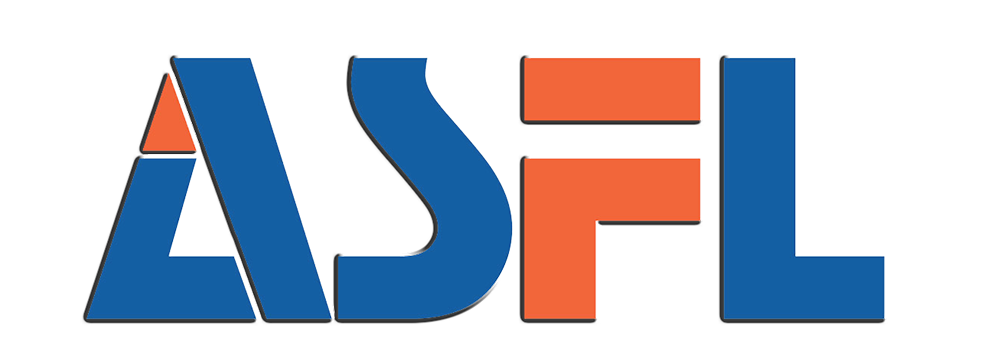Optimizing Oil Filling Machine Operations
Precision Calibration of Liquid Filling Lines
Precision calibration is a fundamental aspect of optimizing the performance of a liquid filling machine. Accurate calibration ensures that each container is filled to the correct level, minimizing product waste and enhancing consistency. Companies that regularly calibrate their liquid filling lines can achieve product savings, with some reporting a reduction in wastage by up to 5%. Technologies like flow meters are instrumental in this process, measuring the volume of liquid flowing through the lines with high precision and thereby enhancing operational efficiency. To maintain accuracy, it's essential to adhere to best practices, such as keeping a routine calibration schedule and following industry standards.
Automated Shutdown Features in Modern Filling Systems
Automated shutdown features have become crucial in modern filling systems, particularly for filling and capping machines. These features are designed to prevent leaks and spills, thus contributing to energy savings and improving operational safety. Studies show that implementing automated shutdown technologies can reduce operational costs significantly. Sensors and control systems play a vital role in this, as they ensure that the machines operate reliably and efficiently. Companies that have integrated automated systems into their operations have reported considerable improvements in performance, underscoring the value of such innovations in today's production environments.
Implementing Smart Maintenance Practices
Predictive Maintenance for Filling and Capping Machines
Predictive maintenance serves as a crucial technique for optimizing the performance of filling and capping machines, reducing unexpected downtime and enhancing operational efficiency. By employing predictive maintenance strategies, businesses can anticipate and address potential machine failures before they occur. Research indicates that implementing predictive maintenance can substantially decrease maintenance costs and extend the lifespan of machinery. For instance, data shows that factories employing predictive maintenance achieve up to a 20% reduction in maintenance costs. Technologies like IoT sensors play a pivotal role in this process, continuously monitoring machine health and forecasting issues with precision. Moreover, specialized maintenance training for staff is imperative, as it equips them with the skills needed to handle these advanced technologies effectively.
Leak Detection in Compressed Air Systems
Addressing leaks in compressed air systems is vital for maintaining energy efficiency and reducing unnecessary operational expenses. Leaks can lead to substantial energy wastage; studies have shown that typical manufacturing facilities experience air leakage rates of 20-30%, significantly increasing energy consumption and costs. Several tools and technologies, such as ultrasonic leak detectors and pressure monitors, help with effective leak detection and monitoring, ensuring swift rectification and energy savings. Successful implementations in various industries have demonstrated remarkable energy savings; a case in point is a manufacturer that achieved a 25% reduction in energy costs through diligent leak detection and repair. By proactively identifying and fixing leaks, companies can optimize their energy utilization and significantly cut down operational costs.
Upgrading to Energy-Efficient Equipment
Retrofitting with LED Lighting Solutions
Retrofitting existing lighting systems with LED solutions in production facilities is a practical way to enhance energy efficiency. LED lighting consumes significantly less energy than traditional lighting options, leading to notable cost savings. To illustrate, converting to LED lights can yield up to 80% in energy savings. Additionally, LEDs have a longer lifespan and require less maintenance, which further reduces overhead costs. Companies like Ford have successfully adopted LED retrofitting across their facilities, achieving marked reduction in energy consumption and operating expenses. The move not only saves money but also aligns with environmental sustainability goals, making it a wise investment for modern production facilities.
Adopting Variable Frequency Drive Technology
Variable Frequency Drives (VFDs) are instrumental in optimizing motor operations by adjusting motor speed and controlling energy usage. By allowing precise control over motor speed, VFDs enable significant energy savings. For instance, studies indicate that implementing VFD technology can lead to energy conservation of up to 30%. Moreover, VFDs contribute to reduced wear and tear on machines, thereby extending their lifespan and minimizing maintenance requirements. To effectively integrate VFD technology, it’s crucial to follow best practices, such as evaluating existing equipment configurations and ensuring compatibility. Successful integration not only enhances operational efficiency but also results in substantial cost reductions, making VFDs a valuable asset for energy-saving initiatives across industries.
Workforce Training for Energy Conservation
Cross-Functional Energy Management Training
Cross-functional training in energy management is crucial for promoting a culture of energy efficiency within organizations. This type of training ensures that employees from various departments understand how their roles contribute to the organization's overall energy consumption and efficiency. Programs like those implemented by the Department of Energy's Better Buildings Initiative have proven effective in educating diverse staff members about energy management practices. Such initiatives demonstrate that when employees are well-informed, they actively participate in reducing energy use, leading to significant operational efficiency gains. For example, companies that prioritize employee training have seen a noticeable decrease in energy consumption and increased productivity. Continuous education is equally important to equip staff with knowledge about evolving energy-saving technologies, thereby maintaining the momentum of energy conservation efforts.
Implementing Accountability Systems for Energy Use
Establishing accountability systems is essential for managing energy use effectively within organizations. These systems assign clear responsibilities to individuals or teams, fostering a sense of ownership over energy conservation efforts. Providing incentives, such as recognition programs or bonuses tied to energy-saving successes, can motivate employees to adopt and maintain energy-efficient behaviors. Through the use of performance metrics and feedback loops, organizations can create a transparent environment where energy use reductions become a shared goal. Research shows there is a direct correlation between robust accountability systems and reduced energy costs, emphasizing their importance in strategic energy management. Employees who feel responsible, coupled with recognition for their efforts, can transform an organization’s energy profile significantly.
Monitoring and Adjusting Energy Consumption Patterns
Real-Time Energy Monitoring Systems
Real-time energy monitoring systems play a crucial role in optimizing energy consumption within manufacturing facilities by providing continuous, detailed data. These systems help in identifying inefficiencies and allow businesses to implement timely corrective measures. A report indicates that companies that adopt these systems achieve up to 15% in energy savings due to enhanced operational awareness and swift action (Source: US Department of Energy). The integration of advanced analytics further enhances these benefits by offering insights that can direct energy efficiency improvements. However, initial setup costs and the complexity of system integration can be potential barriers. Overcoming these challenges often involves meticulous planning, selecting scalable systems that align with facility needs, and providing workforce training to handle data effectively.
Load Shifting Strategies for Peak Demand Periods
Load shifting, a pivotal strategy in energy management, involves adjusting energy consumption from peak demand periods to off-peak times, significantly reducing costs and optimizing power use. Industries such as manufacturing have successfully leveraged these strategies to better manage energy budgets through case studies. Technologies facilitating load shifting include automated scheduling systems and demand response programs, which adjust the operation times of energy-intensive machinery. To encourage adoption, governments often provide regulatory incentives, such as tax rebates, for businesses implementing load shift strategies, making it a financially attractive option for many organizations.
Table of Contents
-
Optimizing Oil Filling Machine Operations
- Precision Calibration of Liquid Filling Lines
- Automated Shutdown Features in Modern Filling Systems
- Implementing Smart Maintenance Practices
- Predictive Maintenance for Filling and Capping Machines
- Leak Detection in Compressed Air Systems
- Upgrading to Energy-Efficient Equipment
- Retrofitting with LED Lighting Solutions
- Adopting Variable Frequency Drive Technology
- Workforce Training for Energy Conservation
- Cross-Functional Energy Management Training
- Implementing Accountability Systems for Energy Use
- Monitoring and Adjusting Energy Consumption Patterns
- Real-Time Energy Monitoring Systems
- Load Shifting Strategies for Peak Demand Periods





